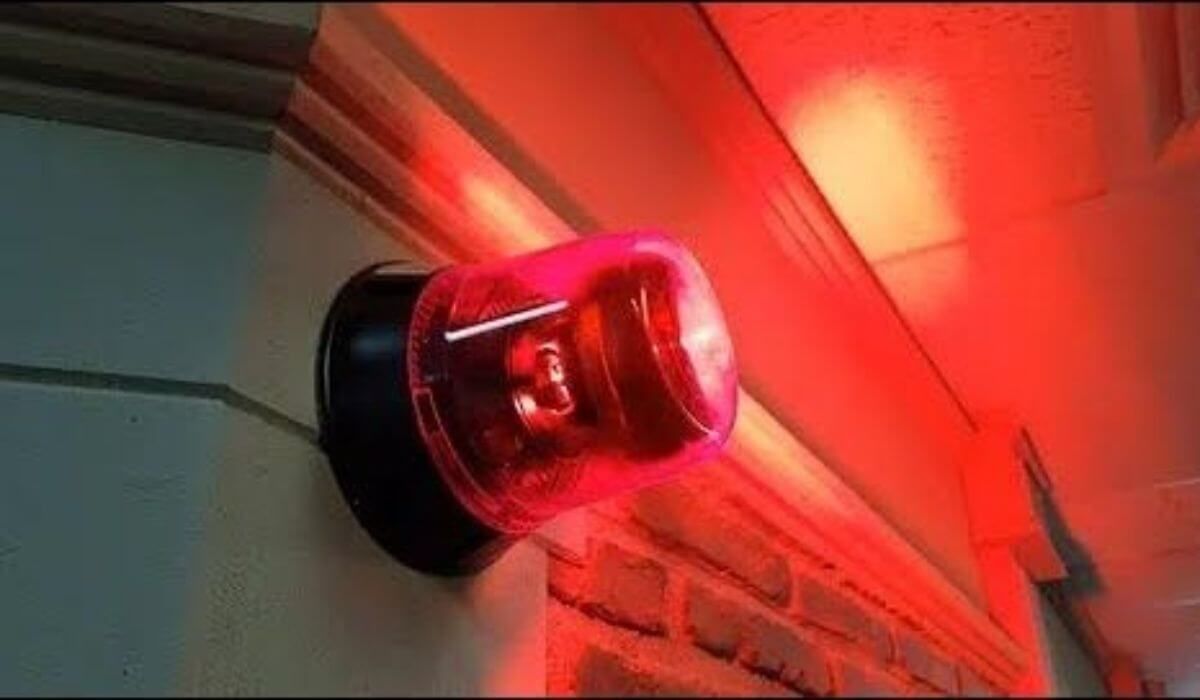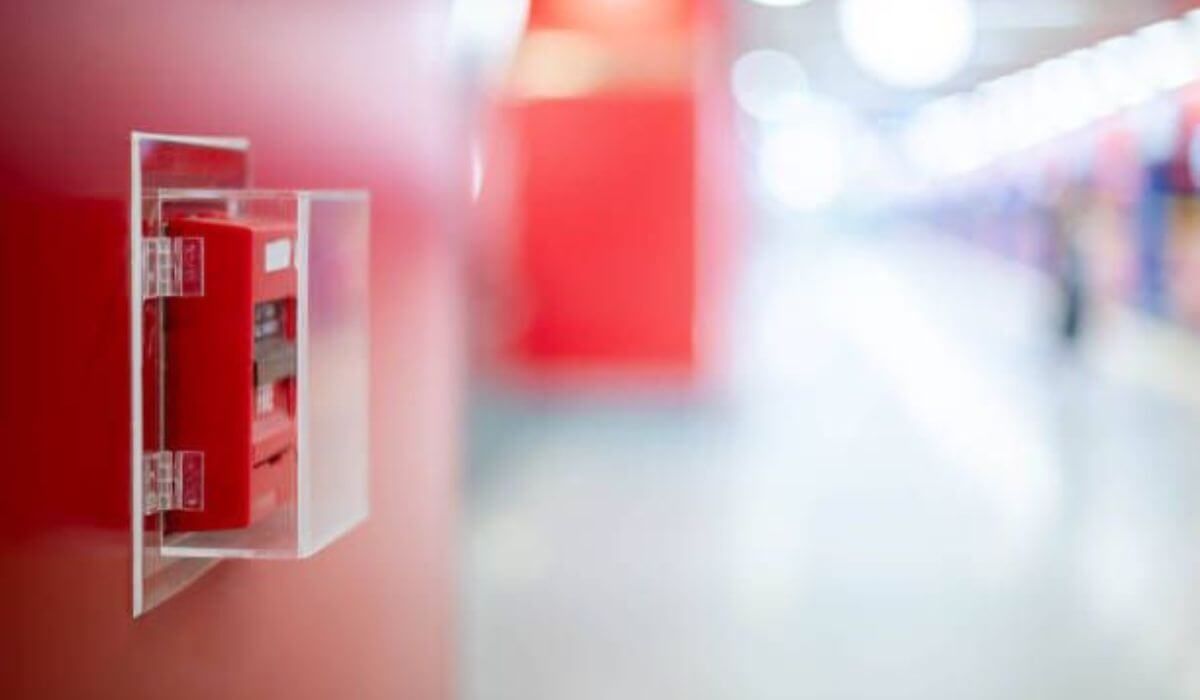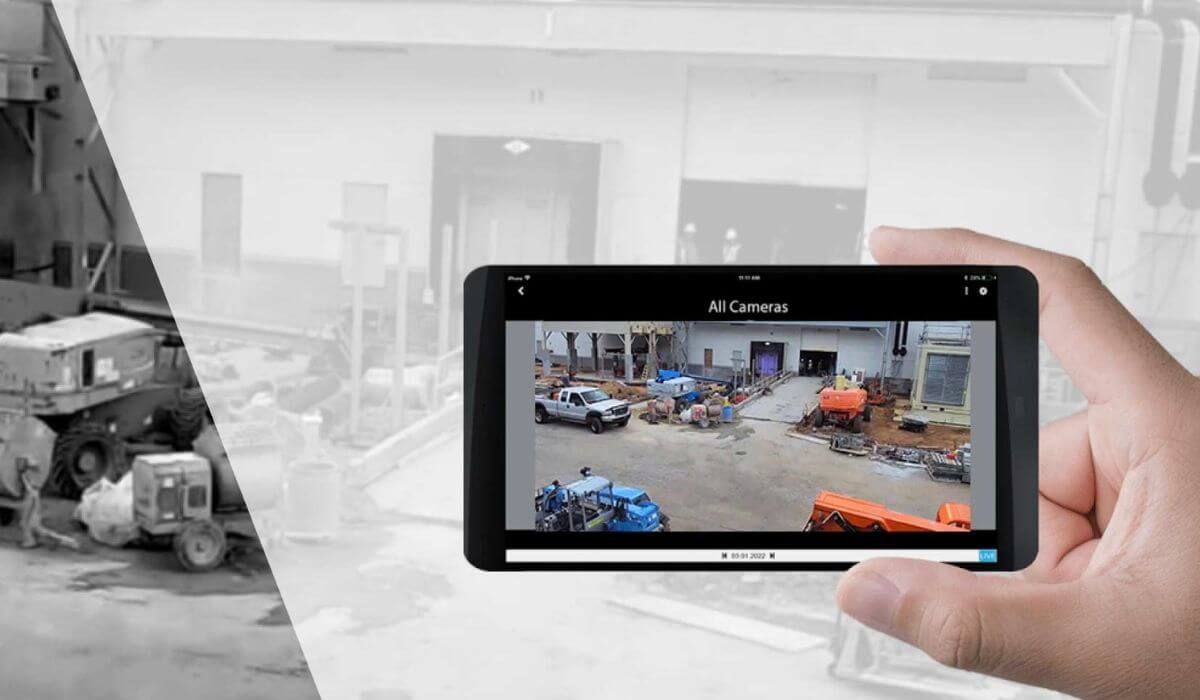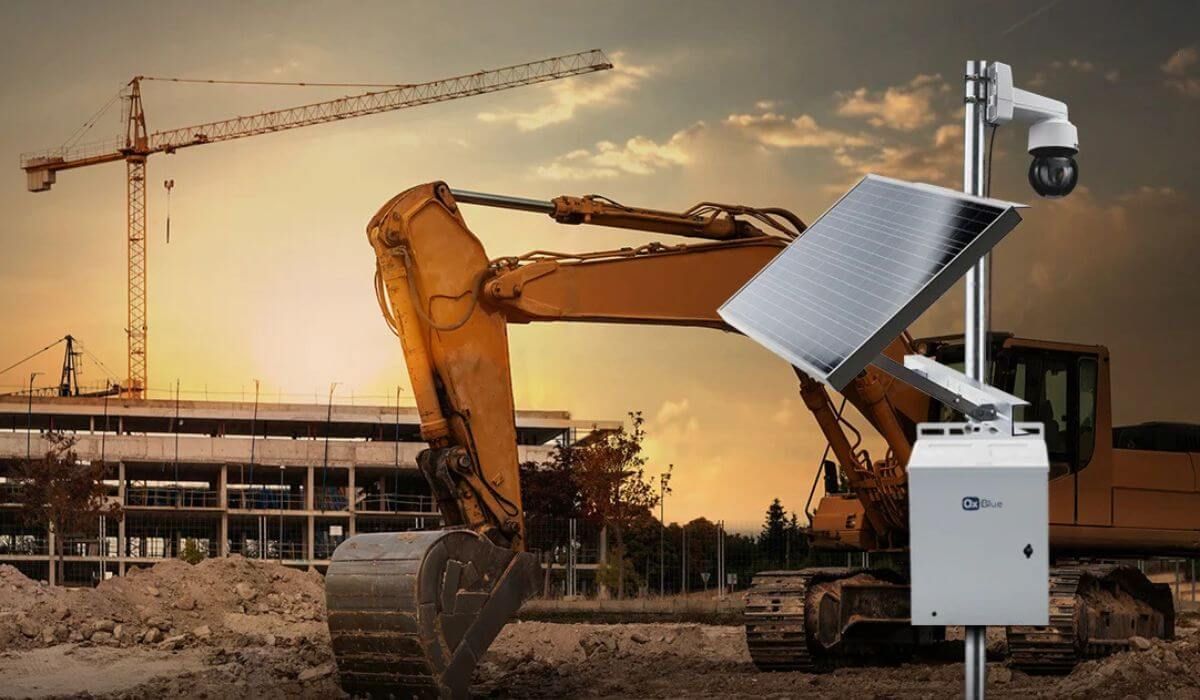How to Install Fire Alarm on Ceiling Without Common Mistakes
Avoid These Mistakes When Installing Fire Alarms on Ceilings
According to Fire and Rescue NSW, more than 50% of fatal home fires occur in homes without a working smoke alarm or one that's installed incorrectly. Many people don’t realise that poor placement or sloppy wiring can render even the best alarms useless. So if you're wondering how to install fire alarm on ceiling the right way, this blog has you covered. Let SCAVI walk you through smart installation practices, where most people go wrong, and how to make sure your ceiling-mounted fire alarms are doing their job when it matters most.
Why Installing Fire Alarms on the Ceiling Ensures Faster Detection
How Smoke Travels During a Fire
Smoke rises fast. In fact, during a house fire, toxic smoke can reach the ceiling within seconds—far quicker than it does the walls. That’s why ceiling-mounted alarms are the most efficient, giving you the earliest possible warning.
Ceiling vs. Wall Mount – Which One is More Effective?
While wall-mounted alarms are sometimes acceptable, ceiling-mounted detectors generally offer better coverage and quicker detection. Only use wall mounts when ceilings are inaccessible or structurally complex.
Compliance with Australian Standards for Smoke Alarm Installation
Under AS 3786 and the Building Code of Australia, it’s mandatory for homes to have working smoke alarms in specific areas—installed on the ceiling unless absolutely impractical. These rules apply to both homeowners and landlords across most Australian states.

The Best Places to Install Fire Alarms on Ceilings
Rooms That Must Have Ceiling-Mounted Alarms
The basics:
- All bedrooms
- Hallways outside sleeping areas
- Living rooms
- In
multi-level homes, you need at least one alarm on each floor, including staircases.
Optimal Smoke Detector Ceiling Placement Guidelines
To avoid dead zones and ensure coverage:
- Mount the alarm at least
30 cm away from walls and corners.
- Don’t place alarms
above air vents, windows, or ceiling fans.
- Ensure it’s located in the
path of rising smoke, like near doors or hallways.
Avoiding “Dead Air” Zones and Problematic Areas
Avoid spots where air doesn’t circulate—like where the ceiling meets the wall or inside roof cavities. These “dead air” pockets can delay the alarm from detecting smoke.
Which Fire Alarm Types Work Best for Ceiling Installation?
Photoelectric vs Ionisation Smoke Alarms
In Aussie homes, photoelectric alarms are highly recommended for their responsiveness to smouldering fires. These are more common in house fires involving furniture or bedding.
Ionisation alarms, on the other hand, are more sensitive to flaming fires but can trigger more false alarms, especially near kitchens.
Smart Alarms for 2025 Homes
Modern smoke alarms can:
- Send
real-time alerts to your smartphone
- Integrate with
Google Home or Alexa
- Let you know if your alarm goes off when you're not home
Hardwired vs Battery-Operated Alarms
- Battery-operated alarms are DIY-friendly but need regular battery changes.
- Hardwired alarms (with backup batteries) are more reliable and are often required in new builds.
Tools and Materials Needed for Installation
Tools Checklist for a Smooth Setup
Before you begin, gather:
- A
ladder
- Drill and screwdriver
- Voltage tester (for wired systems)
- Wire strippers (if doing electrical work)
Safety Equipment You Should Use
Don’t overlook safety:
- Gloves to protect your hands
- Safety goggles if you're drilling
- Non-slip shoes while working on ladders
Materials for Proper Mounting
- Mounting bracket (usually comes with the alarm)
- Screws or wall plugs (depending on your ceiling material)
- Cable ties to secure wiring neatly (for hardwired units)

Step-by-Step Fire Alarm Installation Guide for Ceilings
Step 1: Shut Off Power (for Hardwired Units)
Go to your electrical box and switch off the circuit. Then use a voltage tester to confirm that the wiring is no longer live.
Step 2: Mark and Drill the Mounting Location
Hold the alarm’s mounting bracket against the ceiling and mark your drill points. Avoid electrical wires and ceiling joists.
Step 3: Install Bracket and Make Electrical Connections
Use wire nuts to connect your alarm wires:
- Live (usually red or brown)
- Neutral (blue or black)
- Earth/ground (green or bare copper)
Tuck wires neatly into a junction box.
Step 4: Attach the Smoke Alarm to the Base
Once wiring is complete, twist or snap the alarm onto the bracket according to the manufacturer’s instructions.
Step 5: Restore Power and Test the Unit
Turn the power back on. Press and hold the test button until the alarm sounds. For smart alarms, ensure you receive a remote alert as well.
(Keyword use: how to install fire alarm on ceiling, fire alarm installation guide, ceiling fire alarm wiring)
Ceiling Fire Alarm Wiring Tips and Safety Advice
Understanding 2-Wire vs. 4-Wire Configurations
- 2-wire systems are common in homes and allow for easy linking between alarms.
- 4-wire systems are used when alarms are connected to broader security systems or need additional monitoring features.
When and Why to Use Junction Boxes
A junction box keeps your wiring safe and contained. In many cases, it’s a legal requirement under Australian electrical standards.
Ensuring Compliance with Local Electrical Standards
If you’re unsure, hire a licensed electrician. At SCAVI, all our installations follow NSW regulations and AS 3786, giving you peace of mind.
Testing, Maintenance, and Replacements
How Often Should You Test Your Alarm?
Test your alarm monthly using the test button. Also clean the outer casing every few months with a soft brush or vacuum.
Battery Replacement and Backup Systems
If your alarm uses standard batteries, replace them once a year. If it supports lithium, these can last up to 10 years.
When to Replace Your Ceiling Fire Alarm
Most smoke alarms should be replaced every 10 years, even if they seem to be working fine. Check the expiry date printed on the back.
Common Mistakes to Avoid When Installing Ceiling Fire Alarms
Installing Too Close to Lights, Fans, or AC
These can interfere with airflow and stop smoke from reaching the alarm in time. Always follow manufacturer’s spacing guidelines.
Failing to Test After Installation
It only takes 10 seconds to press the test button, but skipping this step means you might not realise if the unit isn’t powered or wired correctly.
Ignoring the Alarm’s Expiry Date
A working alarm from 15 years ago won’t meet today’s standards. Old sensors are less sensitive and unreliable.

When to Call in the Experts at SCAVI
Multi-Alarm Systems Across Large Homes or Offices
SCAVI offers customised fire detection solutions, from residential setups to commercial-grade multi-alarm networks.
Complex Wiring or Difficult Ceiling Access
If your ceiling is high, concrete, or part of a vaulted structure, let our pros take over to avoid safety risks.
Why SCAVI Is Trusted Across Sydney for Fire Safety
We’re not just installers—we’re licensed specialists who understand Australian laws, safety standards, and real-world use. We offer up-to-code installation, local Sydney support, and post-service maintenance plans.
FAQs About Installing Fire Alarms on Ceilings
Can I install fire alarms on concrete or vaulted ceilings?
Yes, with the right tools and anchors. Consider professional help if drilling into concrete.
How far apart should ceiling alarms be placed?
Generally, no more than 10 metres apart. Follow your state’s building codes.
Is it okay to paint over a smoke detector?
Absolutely not. It blocks the sensors and can make the unit inoperable.
Can I install an alarm near my kitchen?
Place it at least 3 metres away from cooking appliances to avoid false alarms.
Do smart fire alarms require Wi-Fi all the time?
Most smart alarms still work without Wi-Fi, but real-time alerts and app functions require internet access.
Install It Right, or Don’t Risk It
Knowing how to install fire alarm on ceiling correctly helps you avoid dangerous blind spots, false confidence, or failed alarms. Whether you’re a hands-on homeowner or need professional support, always follow safety best practices, wiring standards, and placement rules.
Don’t risk your family’s safety. For expert installation, tailored solutions, and compliance with Australian fire codes—choose SCAVI. Your local professionals in Sydney.



